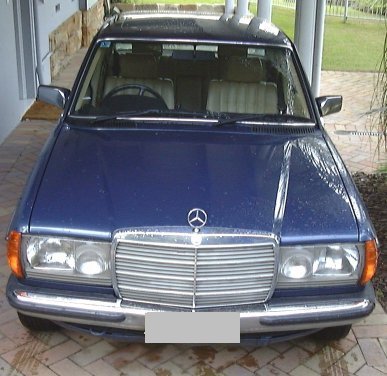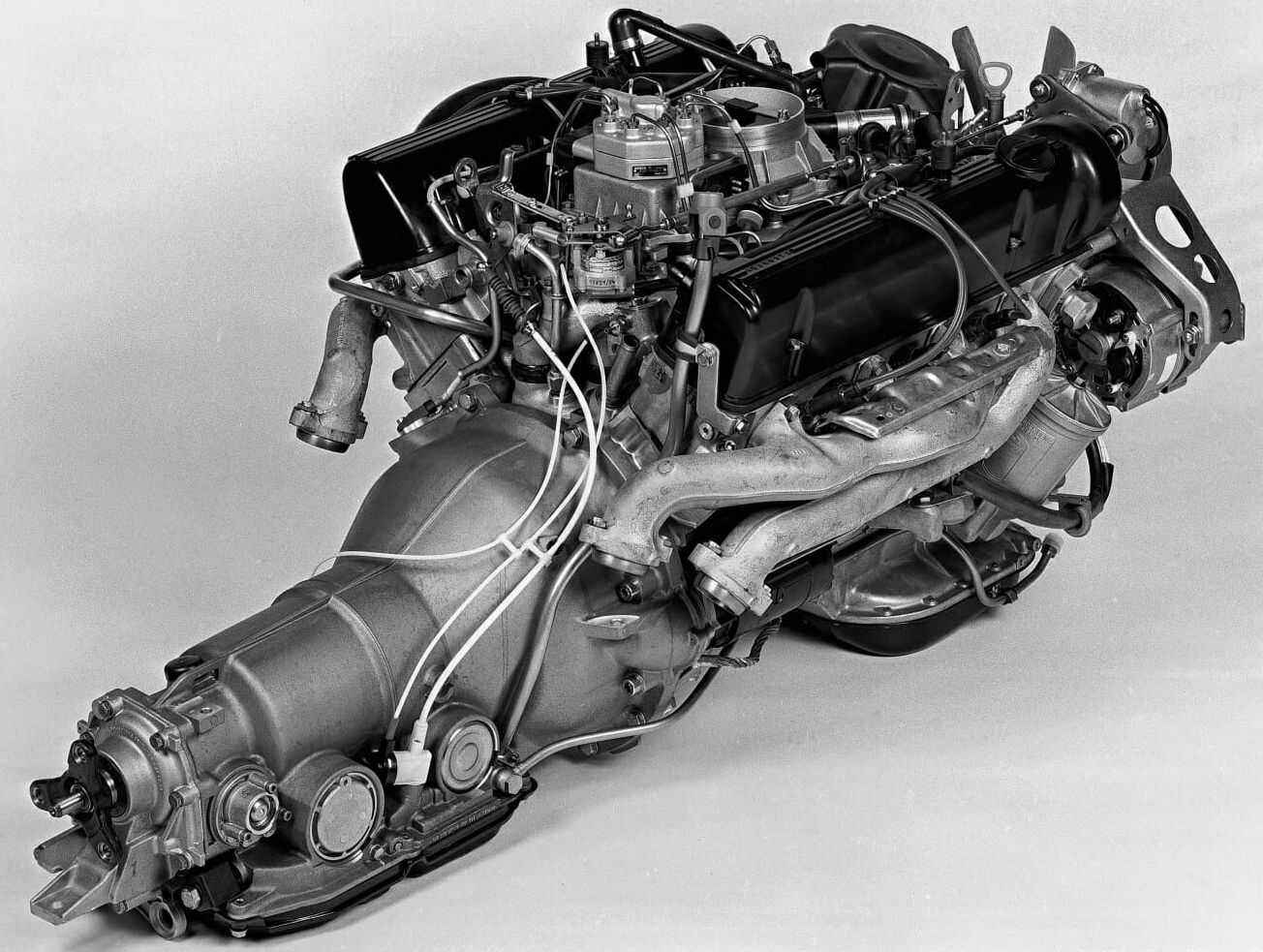W126 Differential Ratios
The W126 range was in production from 1979-1991. I’ve never seen a comprehensive table of W126 differential ratios, so I have attempted to create my own. Not only did they vary between models and years, but in some cases countries too.
It is possible I have missed a few more country specific ratios. Please indicate in the comments below if I have. The data comes from the official technical data books.
If this table is being referred to for swaps, the first and second generations diffs are not interchangeable. Neither is an ASR diff. LSD was standard on 560s but optional on other cars. The exception is cars equipped with ASR that have a different differential. ASR cars do not have LSD.
In addition, the 8 cylinder cars used a larger case (1.3l) than the smaller engined cars.
My personal view is that with first gear start, the standard ratio could be made taller. This would improve acceleration and make the mostly useless first gear usable. This is certainly the case on my 300SE. I would have preferred the ratio provided for France, but with first gear start.
It is also interesting to see the 560 used a shorter ratio than the 500 or the 420. It seems clear Mercedes saw it as more of a hot rod whereas the 500 was the autobahn cruiser with its tall 2.24 diff ratio. In selecting the W126 differential ratios, I’m also not sure why Mercedes Benz went to the effort of producing 2.82 and 2.88 gear sets when they are so close together.
Mercedes-Benz went on a fuel efficiency drive during 1981 which is why the V8 cars got revised ratios. The project was called the “Energy Program” and included other changes such as the revised Bore/Stroke of the 380 engine. This project also affected the 107 models. The 500 received and especially tall ratio (2.24) based on this project.
The other factor that must be taken into consideration is that nearly all W126s were equipped with automatic transmissions. The Mercedes automatic transmissions of that era did not feature a lock-up torque converter. This means that actual RPM will be slightly higher than the table indicates due to slip in the torque converter.
| Model / Year | Differential Ratio | Speed at 1,000 RPM (4th) | RPM at 100km/h |
|---|---|---|---|
| First Generation | www.classicjalopy.com | ||
| 280S 280SE 280SEL | 3.46 | 34.2 | 2924 |
| 380SE (1980-1981) 380SEL (1980-1981) 380SE (AUS, SE) 380SEL (AUS, SE) 380SEC (AUS, SE) | 3.27 | 37 | 2703 |
| 300SD (1981-1984) | 3.07 | 38.6 | 2591 |
| 300SD (1985) | 2.88 | 41.1 | 2433 |
| 500SE (1980-1981) 500SEL (1980-1981) | 2.82 | 43 | 2326 |
| 380SE (1982-1985) 380SEL (1982-1985) 380SEC (1982-1985) 500SEL (USA) 500SEC (USA) | 2.47 | 49 | 2041 |
| 500SE (1982-1985) 500SEL (1982-1985) 500SEC (1982-1985) | 2.24 | 54.1 | 1848 |
| Second Generation | www.classicjalopy.com | ||
| 260SE 300SE 300SEL | 3.46 | 35.3 | 2833 |
| 300SE (FR, Opt 218) 300SEL (FR, Opt 218) | 3.07 | 39.8 | 2514 |
| 350SD 350SDL | 2.82 | 43.3 | 2309 |
| 300SDL | 2.88 | 42.4 | 2358 |
| 560SE 560SEL 560SEC | 2.65 | 47 | 2128 |
| 420SE 420SEL 420SEC 560SEL (USA / AUS) 560SEC (USA / AUS) | 2.47 | 49.4 | 2024 |
| 500SE 500SEL 500SEC | 2.24 | 54.5 | 1835 |






























































quite often very small alterations are made to prevent a harmonics or disturbance in the final drive gears as above with the change from 2.82 to 2.88. Quite a lot of rear axles in ford cars would go from a 2.92 to a 2.93 and 2.77 to a 2.78. Pratt changed their engine/prop ratio on their r2800 engine aero engine a small amount to prevent severe harmonic disturbance and crankshaft breakage.